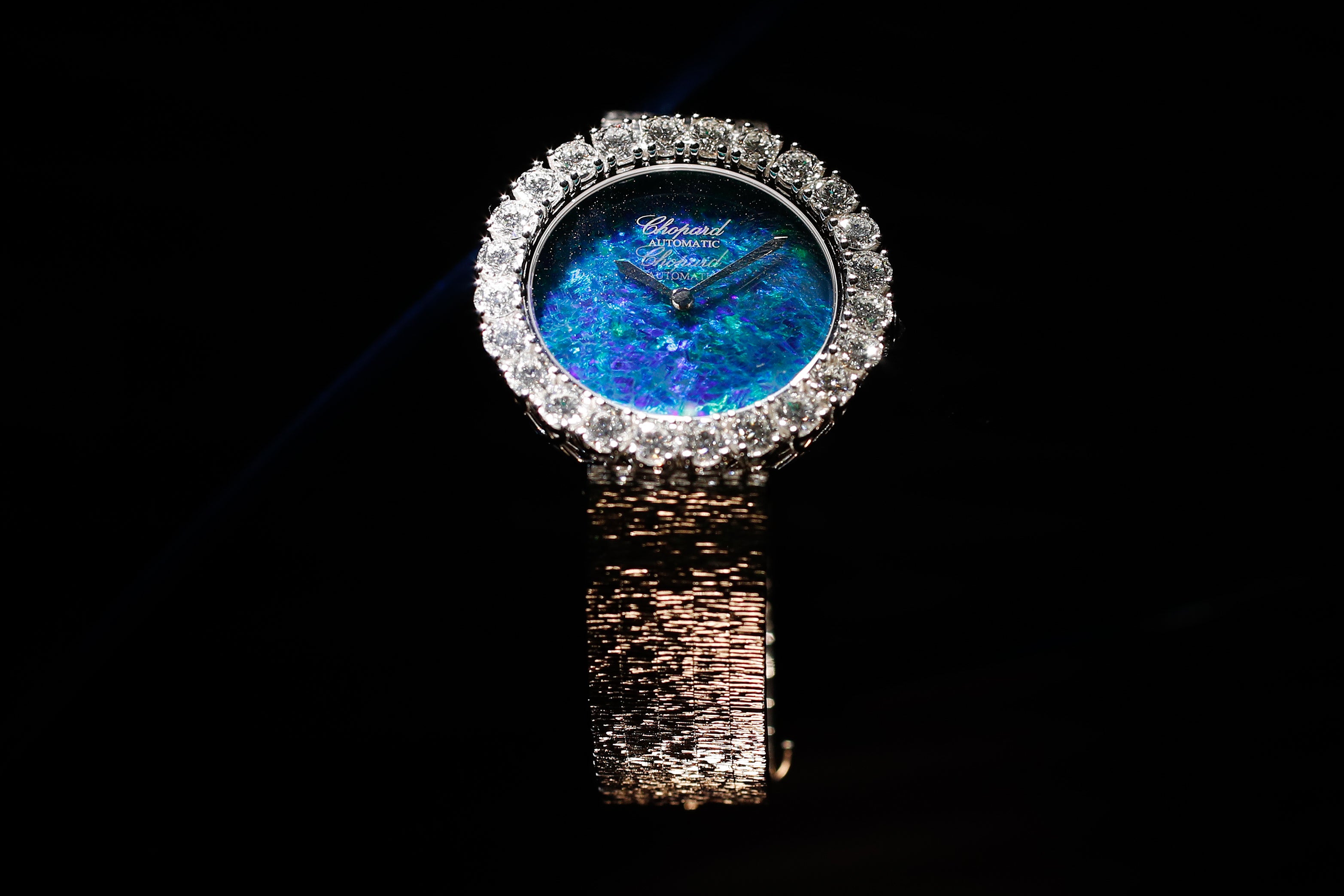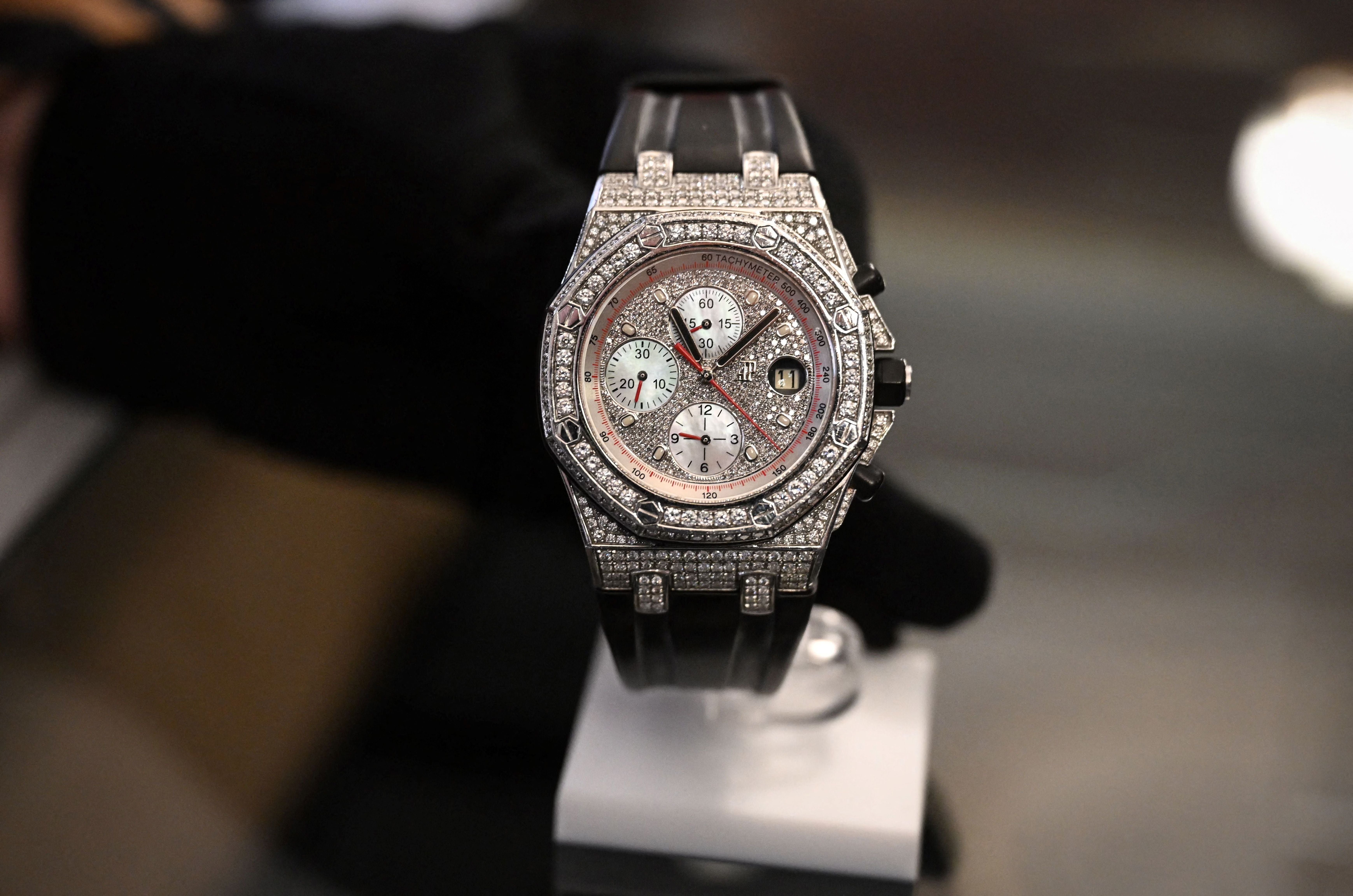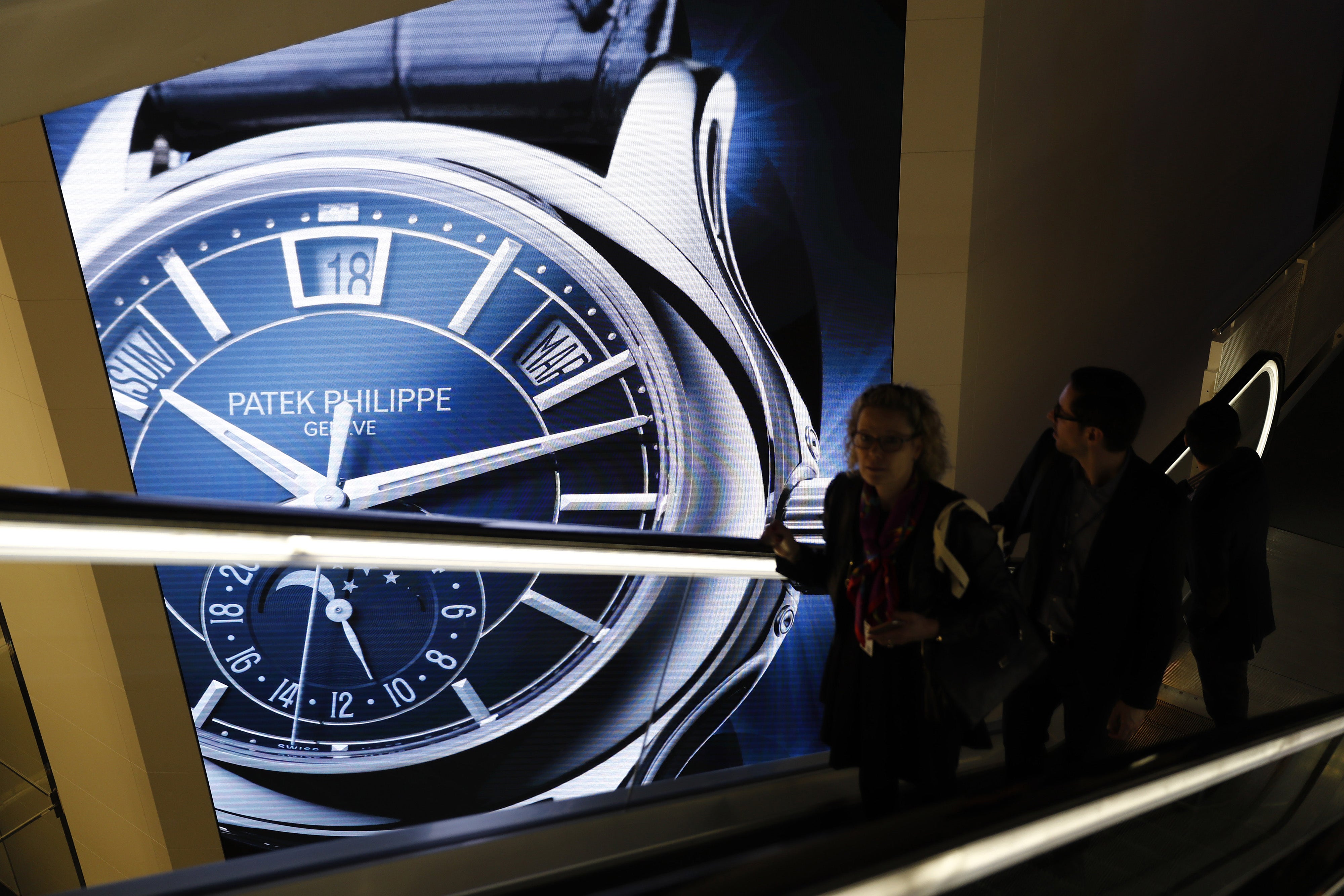Watch out! As the vintage watch market crashes, perfect timing for a new price data base
Giovanni Prigigallo is a 28-year-old biotech entrepreneur turned watch trader and the brains behind a revolutionary new online portal that is transforming how the world buys luxury handpieces. Nick Foulkes finds out what makes him tick

There was the great stock market crash of 1929 that bequeathed the great depression and 19 October 1987, which became known as Black Monday not because it was a shopping bonanza but because it was a major share sell-off, marking the end of the yuppie years of plenty. And much as we may want to, it is impossible to forget the great financial crisis of 2008 and the subsequent years of “we are all in this together” austerity.
Well, if you’re a watch collector, 2023 has felt a bit like that.
One of the more unusual and unexpected side effects of Covid was a boom in watch buying as a generation of internet-educated horological autodidacts – with nothing better to do than deep dive on websites and scroll through endless watch feeds on social media – intensified their watch-collecting. As well as watch lovers the boom drew in watch speculators and, by the early summer of 2022, certain desirable timepieces, most notably, the Patek Philippe Nautilus, or the Audemars Piguet Royal Oak were trading at up to six times the official retail price.
Watches have always been accompanied by a sense of value, both monetary and emotional. As the famous Patek Philippe advertisement has taught us, as well as telling the time they are vessels in which precious memories are passed down the generations. More portable than paintings and requiring less garage space than sports cars, watches have great credentials as a 21st-century collectable. Plus, they have the status conferring power that some women find in Hermès handbags: you can’t bring your Ferrari or your Basquiat to your restaurant table, but you can discreetly flash the wrist candy.

Last year, things started getting out of hand. I heard of “investment” groups buying a single watch on their credit cards as if taking a share in a racehorse. Someone said the salesman at a local car dealership had quit and become a watch dealer. The CEO of Watches of Switzerland told me that he was having to train his staff on how to deal with frustrated clients. Another ugly symptom of the watch boom was the rise in violent watch theft. Once or twice a month, one reads of some individual of note, like, for example, Songs of Praise presenter Aled Jones, being held up by a machete-wielding, teenager, and relieved of his timepiece.
But then the bubble burst.
So, you might think, it may not be the most auspicious moment for 28-year-old biotech entrepreneur turned watch trader Giovanni Prigigallo to be launching EveryWatch, an online platform that aggregates, commoditises, slices, dices, tracks and monitors the changing prices of watches: turning three and a half decades of auction house data and news of upcoming watches at auction houses and dealers into graphs, pie charts, infographics, and real-time alerts.

“Of course, it would have been more convenient to launch a year or two ago because there was more exuberance,” he concedes. “But, with exuberance, people didn’t really care about pricing. People were just buying and buying and buying without thinking of tomorrow and the consequences. But now that a lot of people got stuck with watches that strongly depreciated there’s really a need to understand the market.” Besides he says, EveryWatch was created for genuine collectors rather than the speculators who have got burned. “If they still love watches, and they still want to buy watches and understand these things, they need to come to us to understand what’s the market and what’s the best. Where to best put their money.”
The idea came up in conversation with Howard Morgan of Nacre Capital who pointed out that “a data aggregator was present in many industries, such as art, wine, cars, but it was completely missing in watches and the market was very fragmented. If you are a buyer at auction, you need to look through the websites or the catalogues of Sotheby’s, Christie’s and Phillips, all separately. And it’s almost impossible to keep up with the hundreds, if not thousands of auction houses across the world”, not to mention dealers.

As an example, he pulls up the peak and trough of one of the most hyped watches of the recent boom; the Audemars Piguet Royal Oak 15202 in steel. “One was sold by Phillips on 1 December 2020, at the height of the market for $163,000, the latest sales price on this watch is $56,700 at Christie’s, 5 December 2023.” But it is not all one-way traffic: a few more taps at the keyboard reveal that a Paris Cartier Crash of a type that sold in 2008 for €13,000 (£11,250) fetched £216,300 when it crossed the block at Bonhams on 13 December this year.
EveryWatch is much more than a price archive and marketplace: it has the sort of features that talk to the watch collector’s inner Top Trumps player. Value is, of course, a component of that but having an interest in watches, whether as a pastime, business, hobby or side hustle is a statistic-heavy activity: dimensions, production numbers, serial numbers, length of production, number of components, number of functions, number of hours power reserve, number of dial variations, number of oscillations per second… the statistical onslaught is relentless and, unless you are Dustin Hoffman in Rain Man, impossible to keep in your mind.

Giovanni dazzles me with talk of AI, algorithms and all that good stuff, which basically translates into having the keys to a massive amount of information and a sea of statistics to wallow in, drawing on figures going as far back as the famous Patek Philippe mono-brand auction of 1989, widely seen as the Big Bang for the modern era of watch collecting.
I cannot tell you whether this is a game changer, but I can confirm it opens up a rabbit hole of near-infinite length and depth. There is, for example, a setting that enables the user to track the value of his or her own collection benefitting from updates in price movements twice daily... although, given the current state of the market, that might just be too much information.
Join our commenting forum
Join thought-provoking conversations, follow other Independent readers and see their replies
Comments